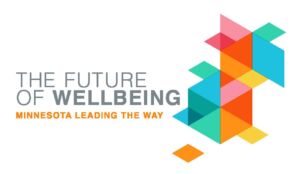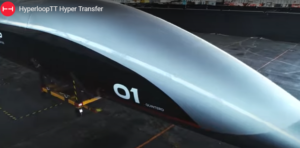Initiatives
All these initiatives, or areas of work, are meant to be intellectual collisions — that is, where disagreement is not only expected but encouraged. All the issues are complex, perhaps taking a whole generation to achieve. We hope to bring people together who may disagree at first about how to proceed. Out of that we will achieve some consensus of what to do next in accordance with GWC’s bias for action.
The leadership team of GWC is also, as of this posting, organizing a first Advisory Council. We will pose strategic questions for this group and seek their advice about how to proceed with the mission.
Commerce Mobility

Lead from GWC team:
Bill Goins
A key question is: How much international air freight is going by truck to (and even from) Chicago for global distribution? In partnership with SRF Consulting, GWC hosted several events we called “International Commerce Mobility, (ICM) Forums” — most taking place at SRF’s Golden Valley headquarters. Following these events, GWC is assembling the deciders — from the academic, the public and the private sectors — to examine the key question and consider what alternatives there may be to improve the supply chain options and transportation strategy system in the Wellness Corridor of the Upper Midwest. At GWC, we hope to come out of these sessions with a consensus on what next steps to take, which will likely require some qualitative and quantitative research.
Please see our new International Commerce & Mobility Forums webpage for further details.
Rochester to the Twin Cities in under 15 minutes
Once the stuff of science fiction, Hyperloop projects are currently underway in North and South America, as well as in Europe, and in several states across the U.S.
Joining the economic centers of the Twin Cities and Rochester would expand economic and other quality-of-life opportunities across Minnesota and the upper Midwest. The feasibility study will examine and quantify the risks, benefits, and considerations; it’s the first step forward.
Visit the HyperloopTT website to learn more about this technology and other areas of the United States and beyond that are also working on Hyperloop projects.
Health & Wellness

Lead from GWC team:
Christine Hanson
This topic is at the heart of what GWC considers the Wellness Corridor and there is an ongoing obligation to give it due attention. A focus group is being put together to decide on next steps.
Water

Lead from GWC team:
Curt Johnson
This initiative is just in the founding stages, though GWC expects that water will be a target for areas of the U.S. that continue to be starved of water, but also a problem, as more cities in the Upper Midwest discover that the quality and quantity of drinking water that they have always assumed would be there is yet another problem.

Future well-being should top the agenda for 2023: Minnesota’s surplus is an opportunity to lead.
This column by Star Tribune Editorial Writer Lori Sturdevant appeared in the December 17, 2022 issue. It is timely and on point. Click here to read the column.

The Future of Wellbeing Foresight Project took place in 2022. Its purpose was to guide the planning of global wellbeing, giving an opportunity for Minnesota to lead the way.
The project aimed to develop a vision and potential path forward for Minnesota’s role in the future of global health and wellbeing looking out to 2040. Read the report here.
